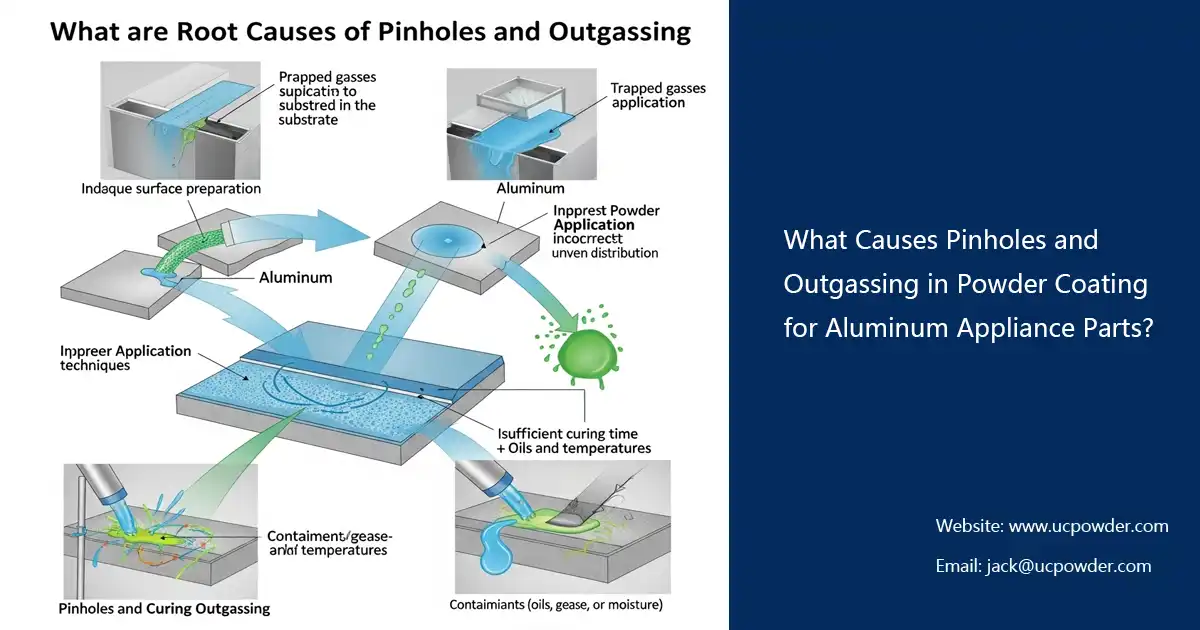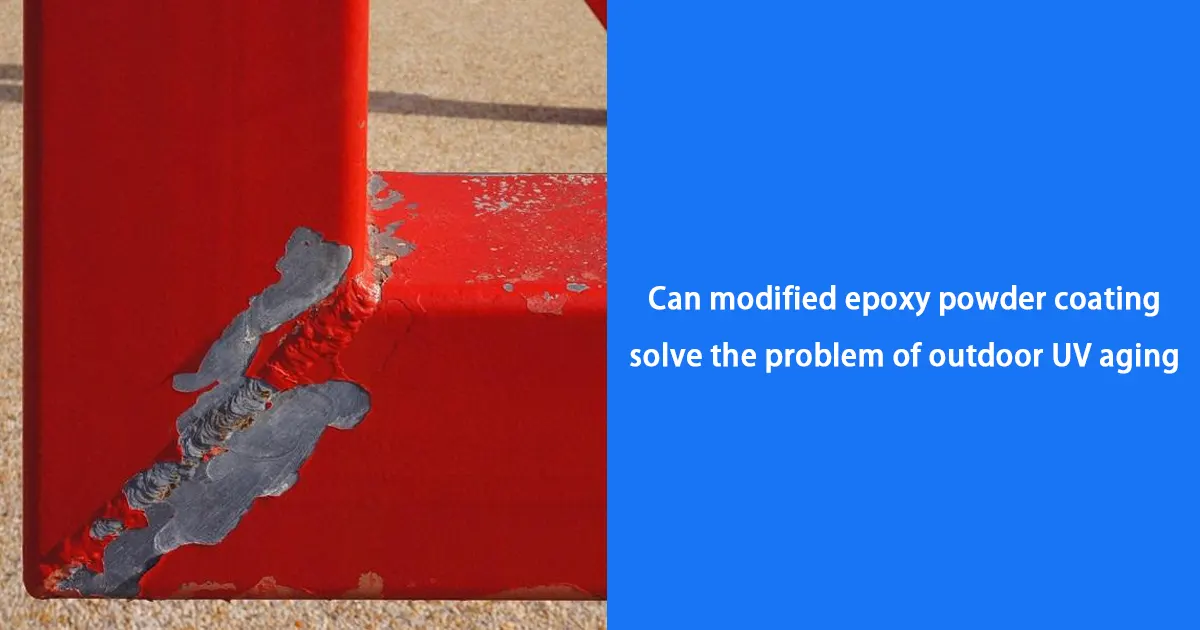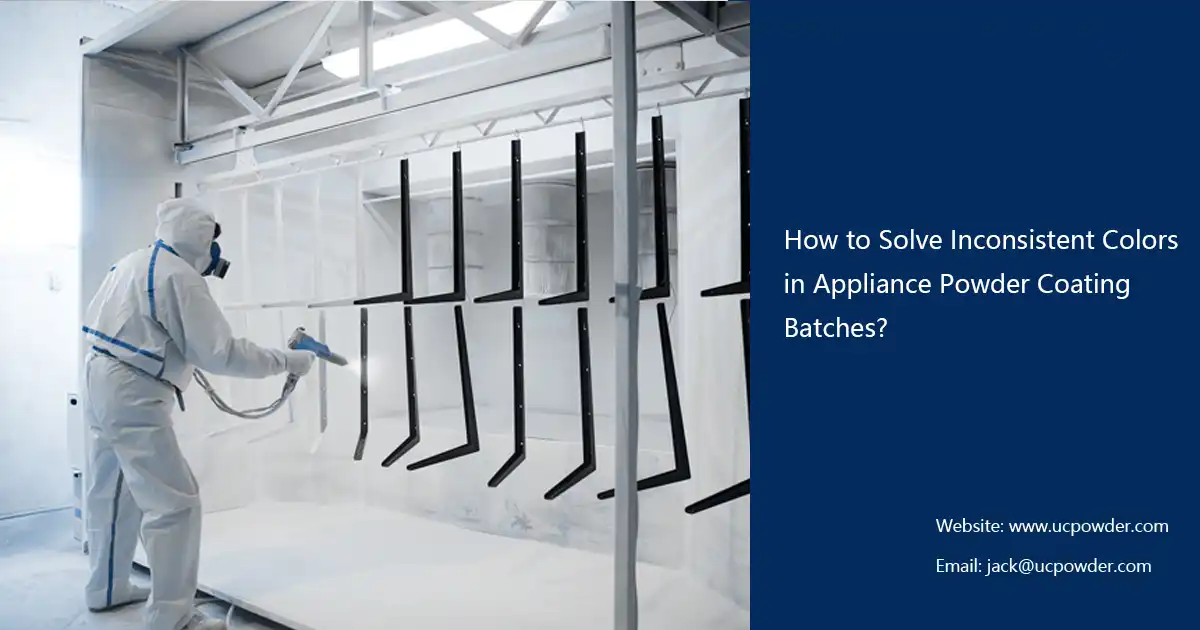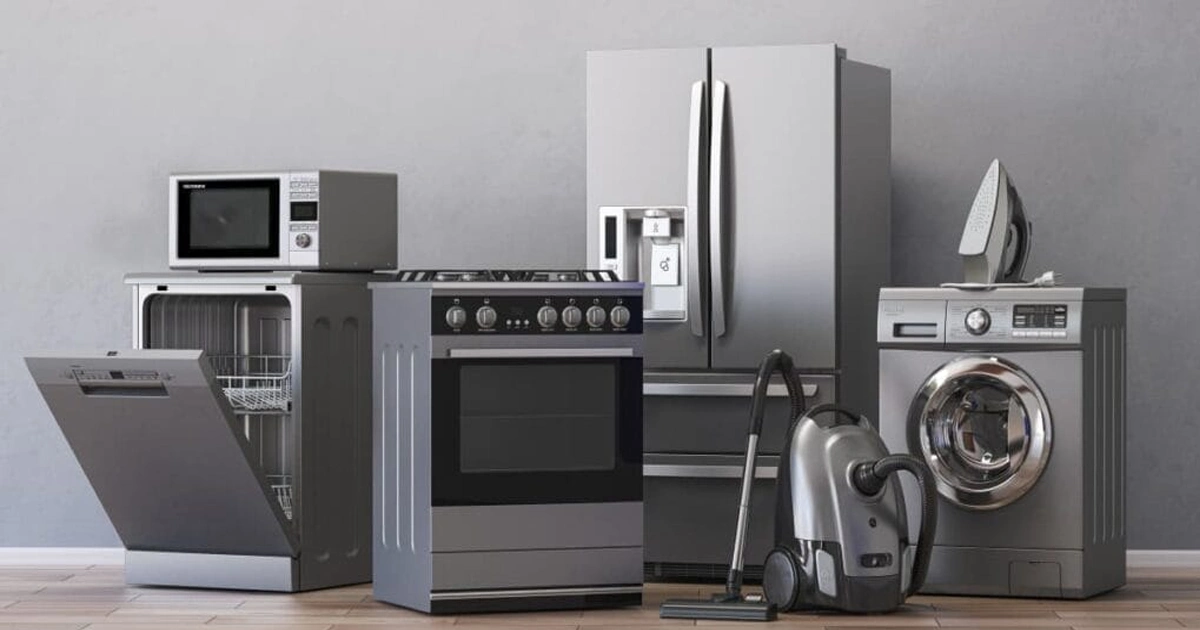How to Choose Epoxy Powder for Dielectric Strength?
Epoxy powder coatings are a top choice for electrical insulation due to their high dielectric strength, durability, and ability to protect components like transformers, busbars, and motors from electrical breakdown. Selecting the right epoxy powder for dielectric strength is critical to ensure safety, reliability, and performance in high-voltage applications. This guide provides a step-by-step approach to choosing the best epoxy powder, covering key factors, applications, and best practices to meet your insulation needs.
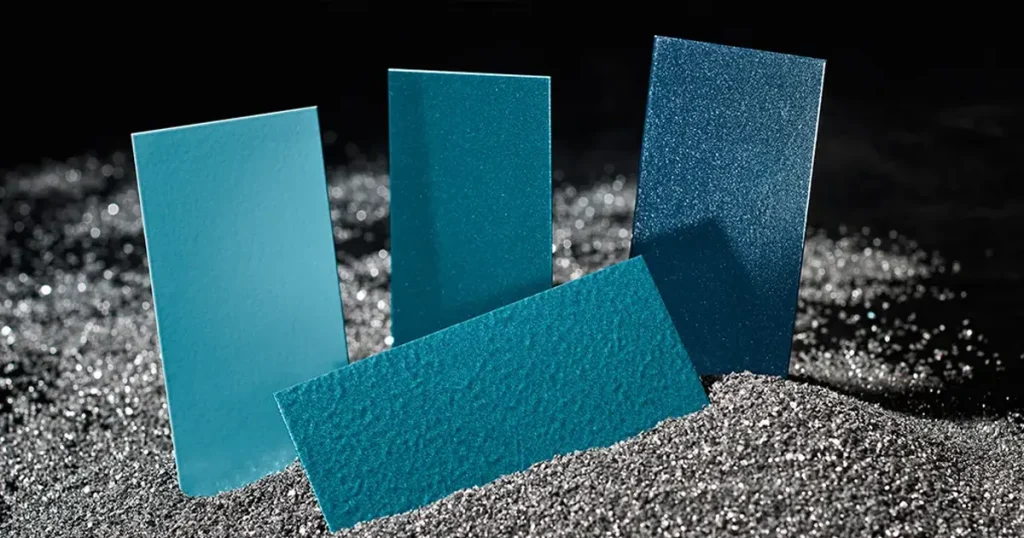
What Is Dielectric Strength and Why It Matters
Dielectric strength measures a material’s ability to withstand electric fields without breaking down, typically expressed in volts per unit thickness (e.g., kV/mm). For epoxy powder coatings, dielectric strength ranges from 1,000 to 50,000 volts, depending on the formulation, thickness, and application method. High dielectric strength is essential for:
Preventing electrical leakage and short circuits.
- Ensuring safety in high-voltage systems like transformers and switchgear.
- Maintaining performance in demanding environments, such as motors or capacitors.
Choosing an epoxy powder with the right dielectric strength ensures reliable insulation, extends component lifespan, and reduces maintenance costs.
Key Factors for Choosing Epoxy Powder for Dielectric Strength
1. Voltage Requirements
The voltage level of your application determines the required dielectric strength. Consider the following:
- Low-Voltage Applications (<600V): Thin coatings (200–300 microns) with dielectric strengths of 10–20 kV/mm are sufficient for household electronics or low-voltage motors.
- Medium-Voltage Applications (600–38,000V): Thicker coatings (500–1,200 microns) with dielectric strengths of 20–30 kV/mm are needed for busbars and transformers.
- High-Voltage Applications (>38,000V): Specialized coatings (1,200–5,000 microns) with dielectric strengths up to 50 kV/mm are required for high-voltage switchgear or power distribution systems.
Tip: Check the maximum operating voltage of your component and select a coating with a dielectric strength at least 20% higher to account for surges or environmental factors.
2. Coating Thickness
Dielectric strength increases with coating thickness, but thicker coatings require careful application to avoid defects like voids or unevenness. Common application methods include:
- Electrostatic Spraying: Ideal for thin, uniform coatings (200–500 microns) for low- to medium-voltage applications.
- Fluidized Bed Dipping: Suitable for thicker coatings (1,000–5,000 microns) for high-voltage components like busbars, requiring preheating to 200–220°C for adhesion.
Example: For a 15 kV busbar, a 1,200-micron coating with a dielectric strength of 25 kV/mm ensures reliable insulation, as provided by manufacturers like SolEpoxy.
3. Thermal Stability
High-voltage applications often generate heat, so the epoxy powder must maintain dielectric strength at elevated temperatures. Standard epoxy powders are rated for Class B insulation (130°C), while specialized formulations can withstand Class F (155°C) or Class H (180–200°C).
- Consideration: If your application operates above 130°C (e.g., electric motors), choose high-temperature epoxy powders with enhanced thermal stability to prevent degradation.
- Example: PPG’s high-temperature epoxy powders maintain dielectric strength up to 180°C, ideal for transformers in harsh conditions.
4. Environmental Resistance
Environmental factors like humidity, chemicals, or UV exposure can compromise dielectric performance. Select epoxy powders with:
- Moisture Resistance: Prevents electrical leakage in humid environments, critical for outdoor switchgear.
- Chemical Resistance: Protects against oils, solvents, or corrosive substances in industrial settings.
- UV Stability: Ensures long-term performance for components exposed to sunlight, though less critical for indoor applications.
Tip: Look for coatings certified to standards like UL 94 V-0 for flame resistance and environmental durability.
5. Substrate Compatibility
The epoxy powder must adhere well to the substrate (e.g., copper, aluminum, steel) to prevent delamination, which can reduce dielectric strength. Key considerations:
- Surface Preparation: Clean substrates to remove oils, oxides, or contaminants for strong adhesion.
- Material Compatibility: Ensure the powder is formulated for your substrate. For example, copper busbars require powders with anti-corrosion properties to prevent oxidation.
Example: Storm Power Components recommends pre-treating aluminum busbars with abrasive blasting to enhance adhesion of epoxy coatings.
6. Application Method and Curing
The application method affects dielectric strength by influencing coating uniformity and thickness:
- Electrostatic Spraying: Offers precise control for thin coatings, ideal for complex geometries like motor windings.
- Fluidized Bed Dipping: Provides thick, robust coatings for high-voltage components but requires preheating and controlled curing.
- Curing Process: Proper curing at 150–200°C ensures a dense, cross-linked structure, maximizing dielectric strength and durability.
Best Practice: Verify curing conditions with the manufacturer to avoid under-curing (weak insulation) or over-curing (brittle coating).
7. Regulatory and Industry Standards
Ensure the epoxy powder meets industry standards for dielectric performance, such as:
- UL 1446: Insulation systems for electrical equipment.
- IEC 60243: Standard for measuring dielectric strength.
- RoHS Compliance: Ensures the coating is free of hazardous substances for environmental safety.
Tip: Request test data from manufacturers like CAPLINQ or ThreeBond to confirm compliance with dielectric and safety standards.
Applications Requiring High Dielectric Strength
Epoxy powder coatings with high dielectric strength are used in:
- Transformers: Insulate windings and cores to prevent arcing under high voltages.
- Electric Motors: Protect armatures and stator windings from electrical faults.
- Busbars and Switchgear: Ensure reliable insulation in power distribution systems.
- Capacitors and PCBs: Prevent leakage in high-density electronic circuits.
- Aerospace and Automotive: Insulate components like battery housings and sensors in high-voltage systems.
Top Epoxy Powder Manufacturers for Dielectric Strength
| Manufacturer | Product Line | Dielectric Strength | Max Temp (°C) | Key Features |
|---|---|---|---|---|
| SolEpoxy | DK15-0907 | 30 kV/mm | 180 | High-voltage insulation, thermal stability |
| PPG Coatings | Corvel Series | 25–35 kV/mm | 155–180 | Chemical resistance, uniform application |
| CAPLINQ | Hysol DK Series | 20–40 kV/mm | 130–200 | RoHS-compliant, high adhesion |
| ThreeBond | TB Series | 15–30 kV/mm | 130–155 | Moisture-resistant, easy to apply |
Recommendation: Contact manufacturers for epoxy powder coating samples and test data to validate dielectric strength for your specific application.
Best Practices for Selecting and Applying Epoxy Powder
- Define Requirements: Specify voltage, temperature, and environmental conditions to narrow down suitable powders.
- Request Technical Data: Obtain dielectric strength, thermal class, and adhesion test results from suppliers.
- Test Samples: Conduct dielectric strength tests (e.g., per IEC 60243) on coated samples to verify performance.
- Optimize Application: Use the recommended method (spraying or dipping) and curing conditions for uniform coating.
- Quality Control: Inspect coating thickness, adhesion, and dielectric strength post-application to ensure reliability.
Tool Tip: Use a dielectric strength tester (e.g., Megger MIT525) to measure breakdown voltage and confirm coating performance.
Conclusion
Choosing the right epoxy powder for dielectric strength involves evaluating voltage requirements, coating thickness, thermal stability, environmental resistance, and substrate compatibility. By selecting high-quality powders from reputable manufacturers like SolEpoxy or PPG, and following best practices for application and testing, you can ensure reliable insulation for transformers, motors, busbars, and other high-voltage components. Always verify compliance with industry standards and conduct performance tests to guarantee safety and longevity.
Have Anything To Ask Us?

